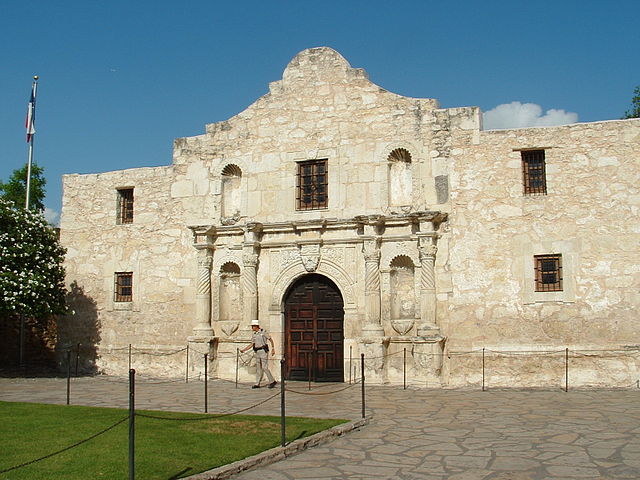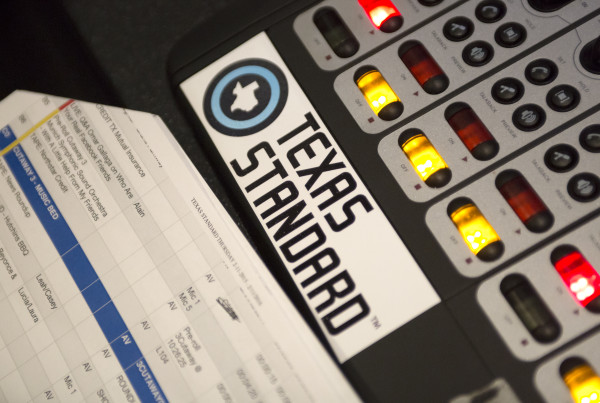This story originally aired and published on May 27, 2016.
Remember the Alamo? Of course you do – every good Texan does. But do you recall the original one?
City archaeologists in San Antonio have made what they call a “truly miraculous” discovery – a site they believe was the original Mission San Antonio de Valero, the mission that would go on to eventually be known as the Alamo. The artifacts were found west of the current Alamo, along the San Pedro Creek.
Kay Hindes, San Antonio city archaeologist behind the discovery, says that few people are aware of the full history of the mission, which was a key site in the birth of the city.
“Actually, there were three locations of Mission San Antonio de Valero,” Hindes says. “The first site was founded in 1718, so it is actually one of three of the founding sites for the modern day City of San Antonio.”
Hindes says that the archival record showed that there were three locations of the mission, but no one was sure exactly where the original was. But while working on other projects, she came across clues at the present-day Christopher Columbus Italian Society headquarters in northern San Antonio, indicating that the mission once stood there.
“First I saw metal and nails and those were identified, you could tell that those are what we call wrought nails, which is what we find at Spanish colonial sites,” Hindes says. “I laughed and said it was so exciting I just literally had to sit down on the ground.”
While she says that they are pretty certain that the artifacts from the original San Antonio de Valero, the archaeology team has yet to officially confirm that they are, indeed, from the site.
“Unfortunately, the site has been greatly impacted by 300 years worth of occupation and construction, so we feel like we’ve done very comprehensive archaeological investigations,” Hindes says. “What is missing from the site to confirm it 100 percent would be shreds of Puebla polychrome or San Luis polychrome, that we know in Texas those types of ceramics are not found on sites that postdate 1725.”

















